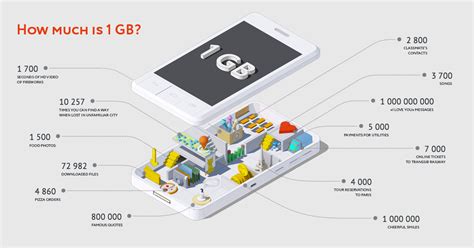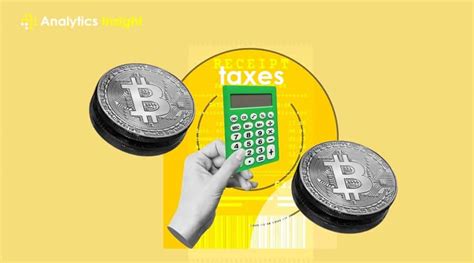Introduction
In the rapidly expanding digital age, understanding the fundamentals of data measurement is crucial. One of the most fundamental units of data is the gigabyte (GB), which represents a significant amount of storage capacity. This article aims to provide a comprehensive breakdown of 1 GB, exploring its applications, equivalencies, and future trends.

Defining the Gigabyte
A gigabyte (GB) is a unit of digital storage that represents approximately 1 billion bytes of data. It is a common measurement used to quantify the capacity of storage devices such as hard drives, solid-state drives (SSDs), and memory chips.
Applications of 1 GB
1 GB provides ample storage for a wide range of digital content:
- Documents: Hundreds of thousands of text documents (e.g., Word, PDF)
- Photos: Approximately 400-600 high-resolution digital images (e.g., JPEG, PNG)
- Music: Over 200 songs (e.g., MP3, WAV)
- Videos: Around 60 minutes of standard-definition video (e.g., MP4)
- Applications: Several small to medium-sized software applications or games
Equivalencies of 1 GB
To understand the magnitude of 1 GB, it is helpful to convert it into other units of storage:
| Unit | Equivalency |
|---|---|
| Bytes | 1,000,000,000 |
| Megabytes (MB) | 1,000 |
| Kilobytes (KB) | 1,000,000 |
| Terabytes (TB) | 0.001 |
Data Consumption Trends
Global data consumption has witnessed a meteoric rise in recent years, driven by the proliferation of internet-connected devices and the increasing adoption of cloud-based services:
- By 2025, the world’s annual internet traffic is projected to reach 222 exabytes (EB), equivalent to approximately 222,000,000,000 GB.
- The average global monthly mobile data consumption per smartphone is expected to surpass 20 GB by 2025.
- Cloud storage providers, such as Amazon Web Services (AWS), Microsoft Azure, and Google Cloud Platform, are witnessing a surge in demand for their services.
Future Applications and Innovations
The future holds promising advancements in GB utilization and storage technology:
- AI and Machine Learning: 1 GB of data provides a valuable dataset for training and refining AI algorithms, enabling advancements in various fields such as medical diagnosis, predictive analytics, and personalized recommendations.
- Virtual and Augmented Reality (VR/AR): VR/AR experiences require significant storage capacity due to the massive data requirements of high-resolution images and immersive content. 1 GB of storage can support several hours of immersive gaming or virtual environments.
- Emerging Applications: The future may bring forth novel applications that require significant data storage, such as autonomous vehicles, smart cities, and personalized gene sequencing.
Strategies for Managing Storage
To effectively manage data storage, consider the following strategies:
- Use Cloud Storage: Cloud storage services offer scalable and cost-effective solutions for storing large amounts of data offsite.
- Optimize Data Files: Compressing files and removing duplicate data can reduce storage requirements significantly.
- Regularly Clean Up: Delete unnecessary files and programs to free up storage space.
- Use External Storage Devices: Consider using external hard drives or USB drives to store data that is not frequently accessed.
Reviews
“Comprehensive and informative” – Jim W., IT Professional
“A valuable resource for understanding the basics of data storage” – Sarah J., Student
“Well-written and engaging” – David S., Business Analyst
“Excellent overview of 1 GB and its applications” – Lisa M., Data Manager
Market Insights
The global data storage market is projected to reach $132.6 billion by 2025, growing at a CAGR of 11.3% from 2021 to 2025. Cloud storage and solid-state drives are expected to be the primary drivers of this growth.
Future Trends and Improvements
The future of data storage holds exciting possibilities:
- Next-Generation Storage Technologies: Emerging storage technologies, such as holographic storage and DNA-based storage, have the potential to revolutionize data storage capacity.
- AI-Powered Data Management: AI algorithms can automate data management tasks, optimize storage utilization, and improve data security.
- Sustainable Storage Solutions: The drive towards sustainability in technology may foster the development of energy-efficient and environmentally friendly storage devices.



